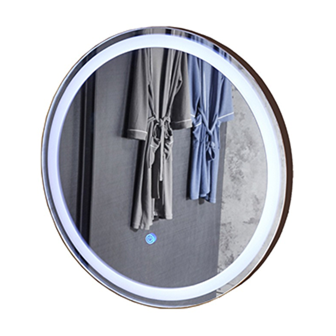Dec . 18, 2024 17:23 Back to list
glass roof panels
The Evolution and Benefits of Glass Roof Panels
In the ever-evolving world of architecture and design, glass roof panels have emerged as a prominent feature in both residential and commercial spaces. These innovative structures not only provide aesthetic appeal but also enhance functionality, making them a popular choice for modern building projects. This article explores the evolution of glass roof panels, their various benefits, and their applications in contemporary architecture.
A Brief History
The concept of incorporating glass panels into roofing systems dates back to the 19th century, where it was prominently used in greenhouses and conservatories. The famous Crystal Palace, constructed in 1851 for the Great Exhibition in London, showcased the potential of glass as a building material, leading to a broader acceptance of glazed structures. Over the years, advances in glass technology—such as the development of laminated, tempered, and insulated glass—have improved thermal performance, safety, and durability, paving the way for glass roofs to become more mainstream.
Key Advantages
1. Natural Light One of the most significant advantages of glass roof panels is their ability to maximize natural light within a space. Natural light has been proven to enhance mood, increase productivity, and improve overall well-being. Incorporating glass roofs into residential homes, offices, and commercial buildings allows for a bright and inviting atmosphere, reducing the need for artificial lighting during the daytime.
2. Aesthetic Appeal Glass roof panels are synonymous with modern design. They create a sense of openness and connection with the outdoors, which can transform any space. Whether used in atriums, skylights, or as part of a larger architectural scheme, glass roofs can offer stunning visual effects, allowing architects to create unique and eye-catching structures.
3. Energy Efficiency With advances in insulated glass technology, modern glass roof panels can effectively regulate indoor temperatures. Dual- or triple-glazed panels provide improved insulation, reducing heat loss in winter and keeping spaces cooler in summer. Moreover, many glass panels are treated with coatings that minimize solar gain and enhance energy efficiency, making them an environmentally friendly choice for sustainable building practices.
glass roof panels

4. Versatility Glass roof panels can be adapted for various applications, from residential extensions to commercial atriums. They can be designed in different shapes and sizes, fitting seamlessly into a range of architectural styles. Additionally, they can be integrated with automated shading systems or operable skylights, allowing occupants to control the amount of light and heat entering the space.
5. Increased Property Value Properties featuring glass roofing elements are often more attractive to buyers, as they provide a sense of modernity and luxury. The incorporation of natural light and an open, airy atmosphere can significantly increase a property’s market appeal and overall value.
Applications in Architecture
Glass roof panels are being utilized in various architectural projects, from residential homes to commercial buildings and public structures. In homes, they are often incorporated into sunrooms, conservatories, or as skylights to enhance living spaces. In commercial settings, glass roofs can create inviting lobbies, walkways, or leisure areas, as seen in numerous shopping malls and office buildings.
Public buildings, such as museums and galleries, benefit from glass roofs that provide natural illumination while creating a unique ambiance for exhibitions. Additionally, educational facilities are increasingly adopting glass roofs to foster a connection between learning environments and the natural world.
Conclusion
In conclusion, glass roof panels represent a remarkable advancement in architectural design, blending aesthetics with functionality. Their ability to enhance natural light, provide energy efficiency, and increase property value has made them a sought-after feature in modern architecture. As building technologies continue to evolve, the use of glass in roofing systems will likely expand, further establishing its role as a cornerstone of contemporary design. As we look to the future, glass roof panels will undoubtedly continue to illuminate and transform spaces, both residential and commercial alike.
-
Safety and Style with Premium Laminated Glass Solutions
NewsJun.24,2025
-
Reinvents Security with Premium Wired Glass
NewsJun.24,2025
-
Premium Float Glass Line for Modern Architecture
NewsJun.24,2025
-
Low Emissivity Glass for Energy-Efficient Architecture
NewsJun.24,2025
-
High-Performance Insulated Glass Solutions for Modern Architecture
NewsJun.24,2025
-
Elevates Interior Style with Premium Silver Mirror
NewsJun.24,2025
Related PRODUCTS














